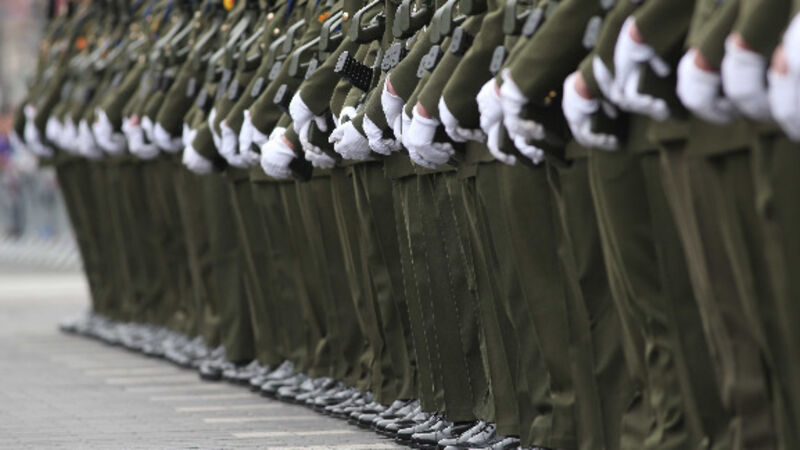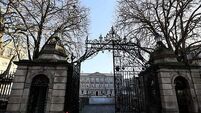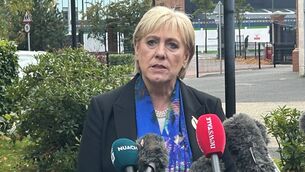Record number leaving Defence Forces

A record number of personnel left the Defence Forces last year — and there are fears the retention crisis could get worse as the pace of the exodus increases in 2020.
Figures obtained by the Irish Examiner show around 850 personnel were discharged from the Army, Naval Service, and Air Corps in 2019.
This compares to 473 in 2013, 481 in 2014, 571 in 2015, 679 in 2016, 742 in 2017, and 731 in 2018.
Both representative associations — Raco for the officers and PDForra for enlisted personnel — consistently say the Defence Forces are not capable of recruiting their way out of the crisis.
This is borne out by the latest figures which show that 605 personnel were recruited last year, leaving a net loss of 245 people.
More than 10% of the recruits inducted in 2019 also left before finalising training. They are included in the overall discharge figure of 850.
PDForra president Mark Keane said 2020 could be even worse as a large percentage of his membership will reach either 21 or 31 years’ service this year, at which time they will be eligible for pensions.
“The Defence Forces are at present trying to recruit their way out of the ongoing crisis, something which has yielded no meaningful results,” said Mr Keane.
He said the Department of Defence had only made “piecemeal attempts” to address the ongoing crisis.
This was a reference to the increase in some allowances for military personnel, but no attempt to increase their core pay, which is the lowest of any public servants.
“This has resulted in our members voting with their feet and leaving the Defence Forces in unprecedented numbers. Many have purchased their discharge and they are taking up employment in the private sector where their skillset and experience is highly sought after,” he said.
Some officers are paying up to €67,000 to buy their way out of their military careers, it emerged this week.
“There’s a skills deficit in many areas now,” said Mr Keane. “We’re losing corporate knowledge by the day which you simply can’t replace overnight.”
He said the Government promised last October to publish findings on a review of pay for some experienced technicians.
It still has not been published, even though it was supposed to stem the tide of highly skilled people leaving from an already depleted pool of the skill sets the Defence Forces need to function properly,” said the PDForra president.
Raco general secretary Cmdt Conor King said most who have the vast majority who’d left are highly trained and experienced.
“This replacement of experience with novices has serious implications for risk and governance,” he said.
Last May, Raco reported to the Oireachtas committee on foreign affairs, trade, and defence that 2018 had seen a reduction in Defence Forces strength of 120 personnel.
“The fact this strength reduction has doubled in 2019 proves that the Department of Defence’s prioritisation of recruitment over any positive retention policies is failing the Defence Forces and failing the State,” said Cmdt King.
Raco is calling on the Government to introduce retention measures before the crisis becomes unfixable.
Figures released to the Irish Examiner show that t more than 120 people working for the Defence Forces have to rely on benefits to make ends meet.
According to the Department of Social Protection, 124 people working in the Defence Forces receive the Working Family Payment.
Of these, 54 are public servants employed by the Defence Forces and the balance, 70, are described as army, navy or air corps personnel.
Up to June this year, there were just over 52,000 low- income families with at least one child in receipt of the WFP. They received an average tax-free payment of around €135 a week.
Members of the Defence Forces who receive it are also eligible for other benefits.











